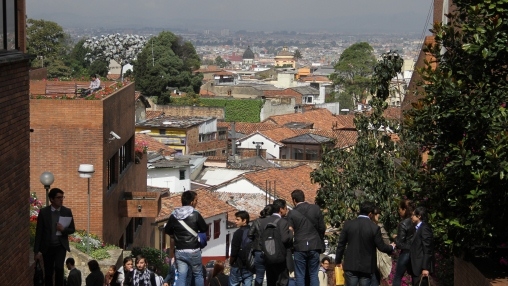Paola Barrero Castro is 35 years old and an industrial engineer. She is paid by the job, which means she doesn’t have a permanent contract. She says that these days it is harder to find a steady full-time job.
She went to public university, because it was nearer to what her parents could afford. In comparison with her parents, she says that it is possible that she earns now a little more than her parents did.
“But they had the chance to be linked to one business for a very long time, that is the difference with me,” she says.
By her income level, Paola is considered part of the Colombian middle class. According to a new World Bank study, the middle class in Latin America are people who make between US$10 and US$50 per day and per person.
A permanent job is what many middle class Latin Americans aspire to. A full-time contract with a company is also Paola’s dream, as she has been working independently for quite some time. But she has hope. “I am an optimistic person,” she says.
10 years of school
From 2003 to 2009, the middle class - people who are not poor nor vulnerable but not yet rich – has grown 50% in Latin America, more than it has ever grown before, according to the new World Bank report “Economic Mobility and the Rise of the Latin American Middle Class”.

